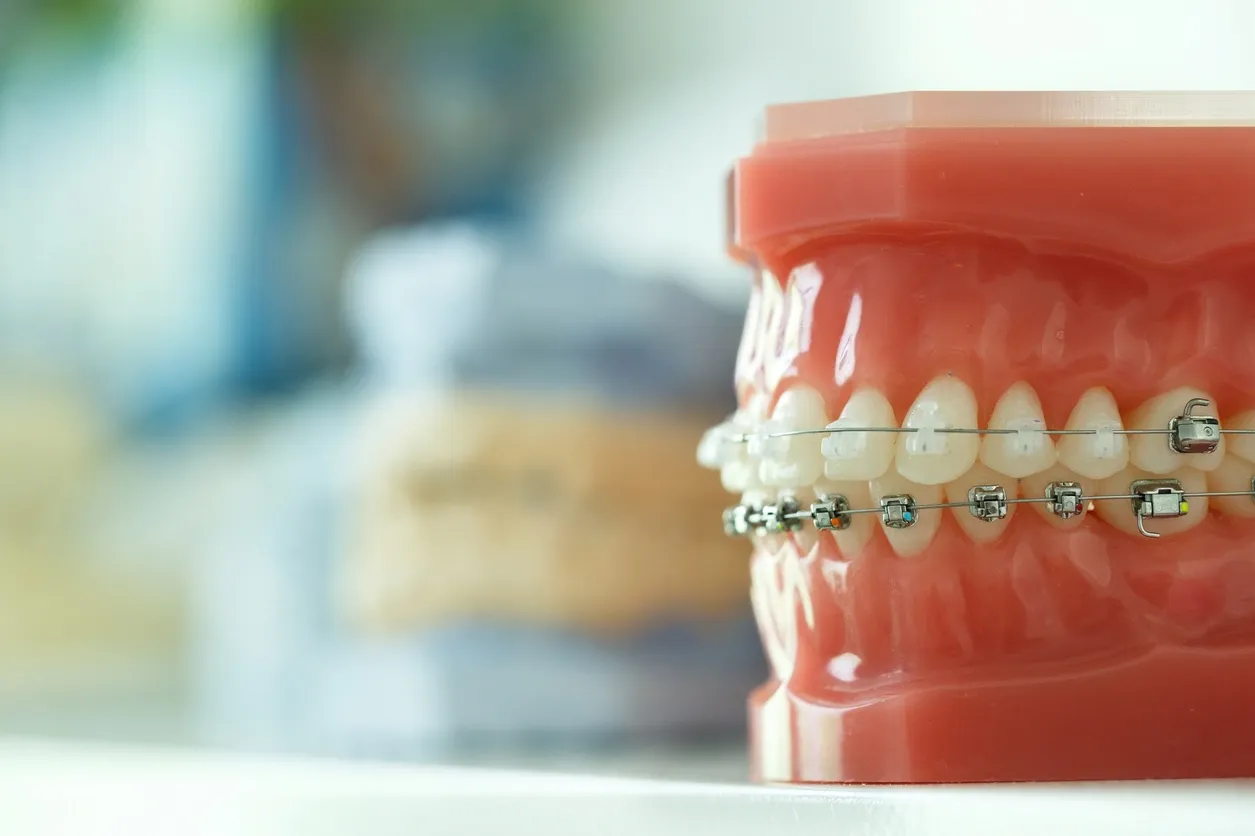
How Orthodontics Works: Braces
Successful orthodontic treatment depends on three things – pressure, time and cooperation. Braces – a fixed orthodontic appliance typically comprised of brackets, bands and wires


Successful orthodontic treatment depends on three things – pressure, time and cooperation. Braces – a fixed orthodontic appliance typically comprised of brackets, bands and wires

What if, one day, you discovered a genie in a bottle, willing to grant you three wishes. Would one of your wishes be for magically

Starting a new treatment plan with Invisalign® can be incredibly exciting. If you have been struggling with dental insecurities for a while, Invisalign clear aligners

Life with braces is an adjustment but worth it when you achieve a perfect smile. That smile is yours forever, but in the meantime, there

Today’s advanced technology provides multiple Invisalign alternatives that are convenient treatments done right from home. However, with these alternative treatment plans, you risk losing the

Are you a (now grown) child of parents who couldn’t afford braces, even though you desperately needed them? There are a lot more adults with

With braces, you can bring your teeth into proper alignment and get the smile you’ve always wanted. But, to achieve that goal, you’ll have to

Do crooked or crowded teeth make you feel self-conscious about your smile? Maybe you had treatment as a child, and your teeth have relapsed, or

VanLaecken Orthodontics’ excellent staff have been dedicated to providing compassionate and quality service to South Dakota. We combine skill with the latest technology to help
allure orthodontics, movewithinvisalign.com, tmj treatment sioux falls, vanlaecken orthodontics aberdeen sd, top orthodontic care in sioux falls, vanlaecken orthodontics watertown sd, movewithinvisalign, vanlaecken orthodontics brookings, south dakota blogs, vanlaecken orthodontics watertown, allure ortho, vanlaecken orthodontics aberdeen, sd blog, movewithinvisaligncom, movewithinvisalign com, invisilign braces, invisible braces great falls, teeth straightening medina, vanlaecken, teeth straightening sioux falls sd, teeth braces great falls, tmj treatment great falls, south dakota teeth alignment, what hurts more bottom or top braces
Braces come in various forms, each designed to address specific orthodontic needs. The most common types include traditional metal braces, ceramic braces, and lingual braces. Traditional metal braces are highly effective for complex cases, while ceramic braces offer a more discreet option. Lingual braces are placed behind the teeth, making them virtually invisible.
Choosing the right type of braces depends on factors such as the severity of the dental issue, aesthetic preferences, and lifestyle. For instance, patients who are concerned about the visibility of braces may prefer ceramic or lingual options, while those with significant alignment issues might benefit more from traditional metal braces. Consulting with an orthodontist can help determine the best choice for individual needs.
Maintaining oral hygiene with braces is crucial to prevent cavities and gum disease. Patients should brush their teeth at least twice a day using a soft-bristled toothbrush and fluoride toothpaste. Flossing can be more challenging with braces, but using a floss threader or orthodontic floss can make it easier to clean between the brackets and wires.
In addition to regular brushing and flossing, using an antimicrobial mouthwash can help reduce plaque buildup. It’s also advisable to avoid hard, sticky, or sugary foods that can damage braces or contribute to tooth decay. Regular check-ups with the orthodontist will ensure that oral hygiene practices are effective and that the braces are working as intended.
The duration of orthodontic treatment with braces varies depending on individual circumstances, including the complexity of the case and the type of braces used. On average, treatment can last anywhere from 18 months to 3 years. Factors such as patient compliance with wearing rubber bands or other appliances can also influence the treatment timeline.
Regular appointments with the orthodontist are essential for monitoring progress and making necessary adjustments. Patients who adhere to the treatment plan and maintain good oral hygiene are more likely to achieve their desired results within the estimated timeframe. Understanding the treatment process helps set realistic expectations for the journey to a straighter smile.
Choosing between Invisalign and traditional braces often comes down to personal preference and specific dental needs. Invisalign offers a clear, removable aligner system that is less noticeable and allows for easier oral hygiene. However, traditional braces may be more effective for complex cases that require precise tooth movement.
Both options have their advantages and disadvantages. Invisalign aligners can be removed for eating and cleaning, which promotes better oral hygiene, but they require discipline to wear for the recommended 20-22 hours a day. On the other hand, traditional braces are fixed in place, ensuring constant pressure on the teeth, but they can be more challenging to clean and may cause discomfort. Consulting with an orthodontist can help patients make an informed decision based on their specific needs and lifestyle.